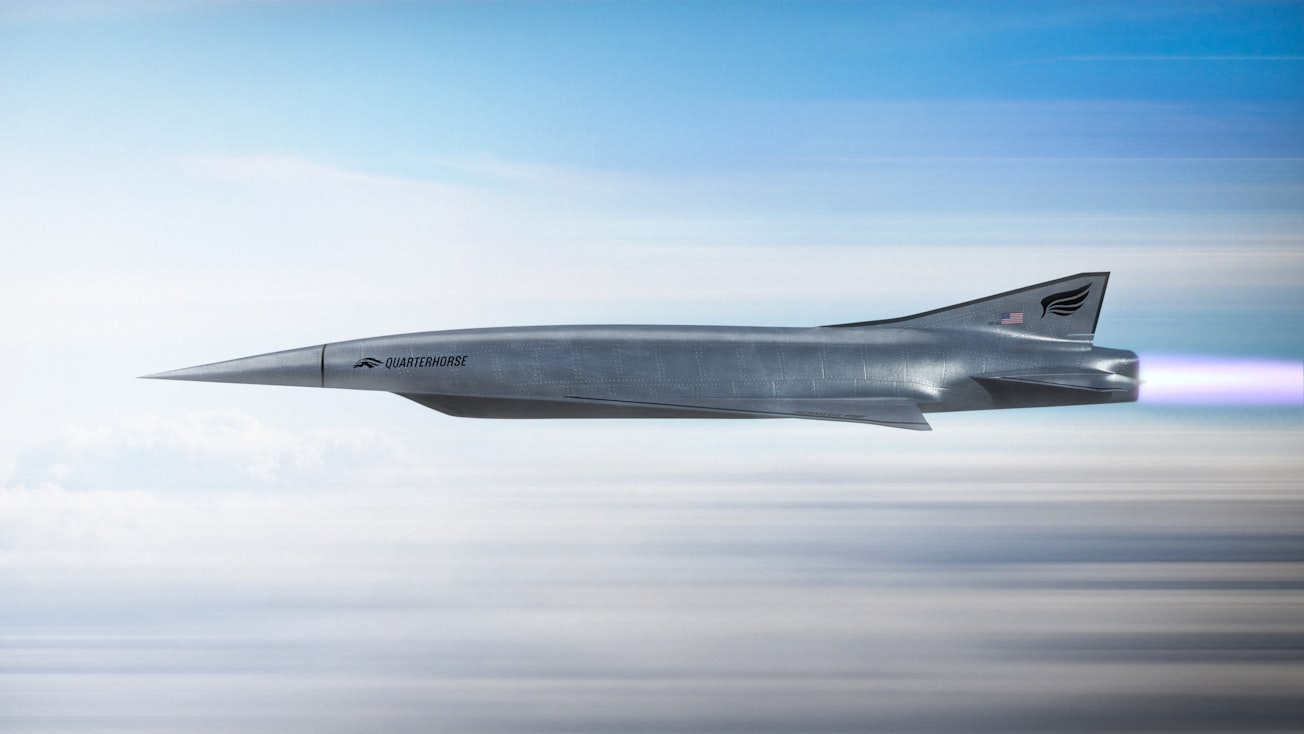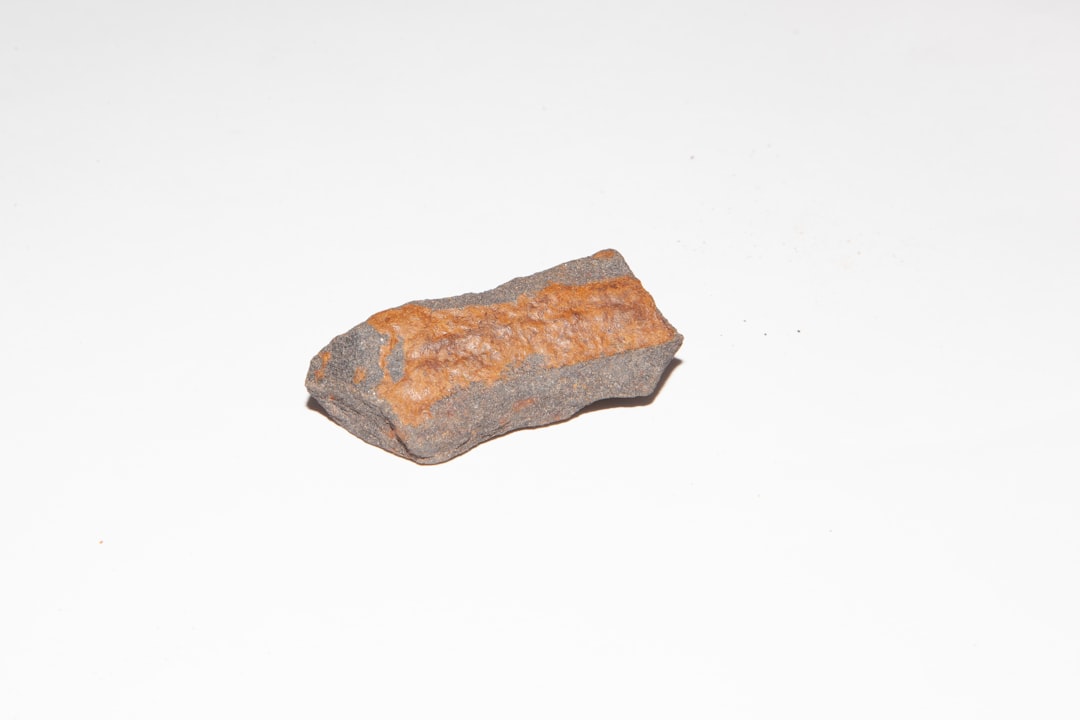What is it about?
Hypersonic vehicles can attain a speed that is over five times the speed of sound. For such vehicles, the behavior of the thin layer of air around their outer surface, called the “boundary layer,” is important. Changes to this flow, such as from a smooth to a rough one, can make it difficult for the vehicles to move. Factors affecting the movement or “transition” over this layer, are thus an important area of study. In such studies, a “cone” is commonly used as a geometrical model. In this study, researchers from China used the cone to understand the effect of various factors on transition. They studied the effect of a sharp and blunt cone on the transition at 10° angle of attack. In the cone model, the angle of attack represents the angle at which incoming airflow meets the wing of the aircraft. They found that the effect of the same factors may differ at different angles of attack. Even a slight change in the tilt of the cone, for instance, is enough to reverse the effects of its geometry on the transition.
Featured Image

Photo by Hermeus on Unsplash
Why is it important?
Our knowledge of transition behavior at hypersonic speeds is currently limited. This study supports the idea that it is important to understand the combined effect of different factors when studying boundary layer transitions. KEY TAKEAWAY: The study sheds light on the impact of factors such as steps, tilts, and bluntness of the cone on the behavior of airflow around hypersonic vehicles. Hopefully, further research will help design faster, safer, and better hypersonic vehicles.
Read the Original
This page is a summary of: Effects of steps on the hypersonic boundary layer transition over a cone at 10° angle-of-attack, Physics of Fluids, March 2022, American Institute of Physics,
DOI: 10.1063/5.0082840.
You can read the full text:
Contributors
The following have contributed to this page










